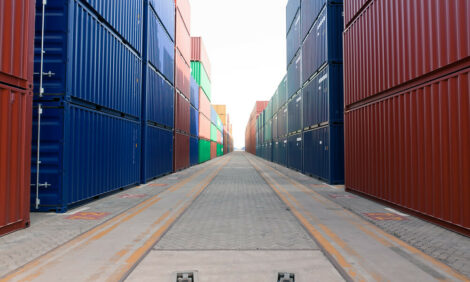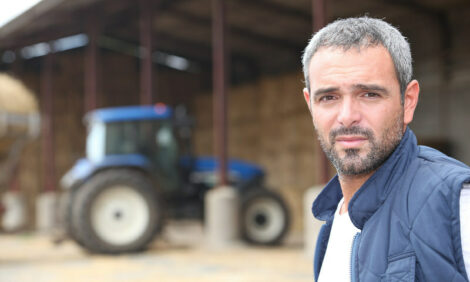



Infrared thermography: a non-invasive method for heat stress evaluation
Infrared thermography can be used as a non-invasive method for the evaluation of heat stress in free-farrowing sows.New research published in Computers and Electronics in Agriculture investigates the efficiency of infrared thermography in the detection and measurement of body surface temperature in free-farrowing sows and piglets kept in pens either with or without cooling systems.
The study
The study was conducted during the summer and autumn in Pirassununga, Brazil.
Twenty-six sows during lactating phase and 281 piglets until 21 days-old were evaluated in two treatments: cooled pens with fans and water sprinklers on the roof and non-cooled pens. Both treatment areas had ceramic roof tiles.
Thermographic images were collected at intervals of seven days in the morning and afternoon in sows and randomly in five piglets per litter.
Salivary cortisol was collected from sows only.
The thermographic images were analysed using the software IRSoft Version 3.6 Testo.
Every three days respiratory rate and rectal temperatures were collected from the sows and five piglets per litter.
During statistical analysis, the following factors were included in determining the effect of the treatment: period of the day and the season.
Results
Summer presented the highest surface temperatures of the sugarcane bagasse bed, the concrete floor and the roof. No correlations were found between cooled and non-cooled facilities and surface temperature of the bed, concrete floor and roof.
Sows
In summer and autumn, the highest and lowest surface temperatures on the sows were detected as the mammary glands and the vagina respectively.
The surface temperature of the dorsal, ventral, mammary gland, leg, paw, snout, head and ocular regions of sows was significantly correlated with the temperature of bedding and of the concrete floor.
The respiratory rate presented a moderate correlation with the back and snout temperature of the sows. Respiratory rate was higher in sows in the non-cooled environment compared to those in the cooled environment.
Rectal temperatures were higher in the summer and in the afternoon, but there was no significant effect of treatment on rectal temperatures.
Cortisol concentration was higher in sows kept in non-cooled environment compared to those in the cooled environment, though cortisol did not show correlations with ambient temperature or infrared thermography temperatures.
The seasons proved to have a significant effect on body surface temperature of sows but the treatment (cooled and non-cooled) and periods of the day did not.
Piglets
The seasons and periods of the day proved to have a significant influence on the body surface temperatures of the piglets while the effect of the treatments was not significant.
During the summer, the highest and lowest surface temperatures on the piglets were detected as the head and the snout respectively.
Body surface temperature in the leg area was significantly correlated with the surface temperature of the bed. All body surface temperatures were significantly affected by concrete floor temperature.
Treatments (non-cooled vs cooled) did not significantly influence the respiratory rate. The season influenced respiratory rate: respiration was higher in the summer compared to autumn.
Rectal temperature (38.2 °C) did not differ between treatments, periods or season.
Conclusions
Although the cooling system had reduced the air temperature of the pens, it was not enough to reduce the external body temperatures of the sows and piglets during lactation. Nevertheless, the use of infrared thermography allows efficient identification of the fluctuation in body surface temperature of pigs and can be a tool to assess pig facilities and animal welfare.
| References | ||||
|---|---|---|---|---|
| Ricci, G.D., da Silva-Miranda, K.O. and Titto, C.G. | ||||
| (2019) | Infrared thermography as a non-invasive method for the evaluation of heat stress in pigs kept in pens free of cages in the maternity. Computers and Electronics in Agriculture, 157, pp.403-409. |








